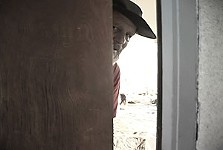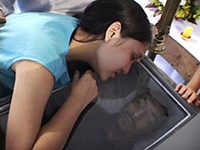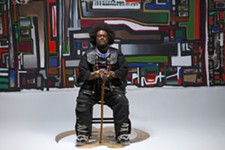Urban Legends: The Psychology of Fear
By Eli Kooris, Fri., Oct. 29, 1999
Chilling, right? Around Halloween these types of stories are common. Over the years they have become more and more numerous. They are in a category all by themselves not gossip or even fables but urban legends, usually grisly, disturbing stories about life in the big city. Some teach lessons and some do not, but they have become a unique bit of folklore in America today.
Michael Pinney, the professor of psychology at North Harris College, recently sent out press releases to major publications around the state, asking them to publish 15 urban legends he has written or modified from years past. According to Pinney, certain stories have "desirable traits" which help the legend to survive, while those lacking these traits often die off.
"This is basically a field study in memepics," Pinney says, referring to Richard Dawkin's theory that ideas and stories are very much like viruses, spreading through communities like incurable disease. "We are trying to categorize what types of stories are important enough to keep being told and which ones seem to just disappear over time."
Each story released by Pinney contains a "marker," or small series of words that allows him to track each story's metamorphosis over the ensuing months. The stories are faked pieces of journalism, skillfully made to look real. Pinney even includes the popular story of the man who was drugged at a party and awoke with no kidneys, as well as frightening warnings to parents to keep their children away from Halloween candy, for they could be laced with poison. Few papers have signed on to this experiment, juggling the importance of science with journalistic integrity.
"It's only a research project involving the transmission of urban legends," Pinney defends, "Stories evolve, change, and mutate over time. Some survive and others don't. I want to find out why that is."
You can reach Pinney at [email protected]








